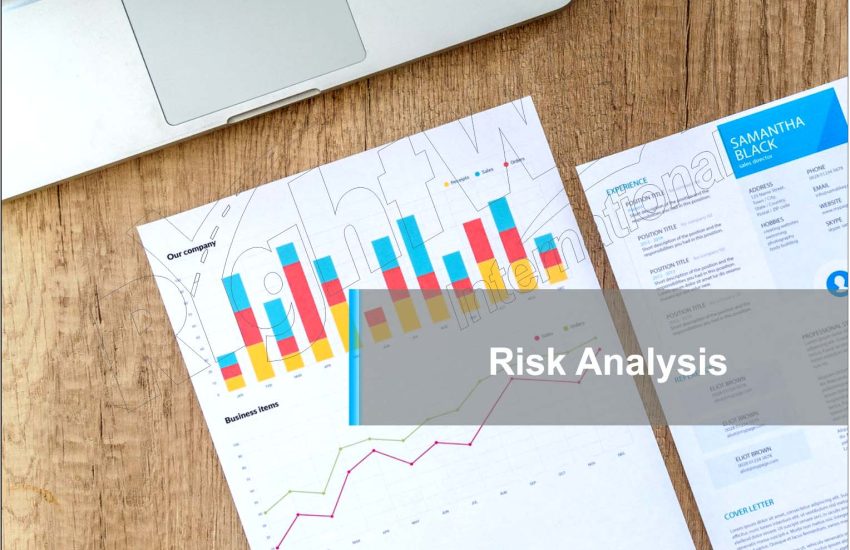Risk Analysis is the systematic process of identifying, assessing, and prioritizing risks to minimize the impact of unforeseen events on an organization. It involves evaluating potential risks, understanding their likelihood, and determining their potential consequences.
The Importance of Risk Analysis
Portfolio
- Informed Decision-Making: Organizations can make better strategic decisions by understanding potential risks.
- Resource Allocation: Helps prioritize where to allocate resources for risk mitigation.
- Compliance: Assists in meeting regulatory requirements and industry standards.
- Reputation Management: Protects the organization’s reputation by anticipating and addressing potential issues.
Steps in the Risk Analysis Process
- Risk Identification: Determine what risks could affect the organization. This can include financial risks, operational risks, cybersecurity threats, and more.
- Tools: Brainstorming sessions, interviews, surveys, and historical data analysis.
- Risk Assessment: Evaluate the likelihood and impact of identified risks. This can be qualitative (descriptive) or quantitative (numerical).
- Tools: Risk matrices, probability charts, and statistical models.
- Risk Prioritization: Rank risks based on their potential impact and likelihood to focus on the most critical ones first.
- Risk Mitigation: Develop strategies to manage and minimize risks. This could involve:
- Avoidance: Changing plans to sidestep the risk.
- Reduction: Implementing measures to reduce the likelihood or impact.
- Transfer: Shifting the risk to a third party, such as through insurance.
- Acceptance: Acknowledging the risk and deciding to accept the consequences.
- Monitoring and Review: Continuously monitor risks and the effectiveness of mitigation strategies, adjusting as necessary.
Tools and Techniques
- SWOT Analysis: Identifies strengths, weaknesses, opportunities, and threats.
- Failure Mode and Effects Analysis (FMEA): Focuses on potential failures in a process and their impact.
- Monte Carlo Simulation: Uses statistical modeling to assess risk under different scenarios.
Challenges in Risk Analysis
- Data Availability: Accurate and comprehensive data is crucial for effective analysis.
- Changing Environments: Rapid changes in technology and market conditions can introduce new risks.
- Subjectivity: Biases in risk assessment can lead to misprioritization.
Conclusion
Risk analysis is an essential practice for any organization aiming to navigate uncertainties effectively. By systematically identifying and managing risks, businesses can protect their assets, enhance decision-making, and foster a resilient organizational culture.


